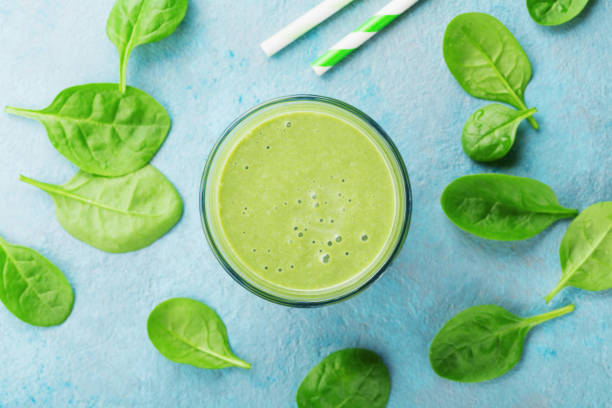The milk options you had were mainly whole, 2%, or 1% and fat-free (or skimp) for a long time. The shelves of grocery stores are filled with plant-based pints of milk. These include favorite brands like almond, cashew and coconut. The plant milk business continues to grow new products, including pea and potato milk. You can make milk from it if it can be grown.
Are these new options better nutritionally than other plant kinds of milk, or are they just more of the same?
Some facts about plant-based kinds of milk
All plant-based kinds of milk are made in the same way. Nuts, beans, or grains are ground to a pulp and strained before being combined with water. Most brands end up with less than 10% of the actual plant. You can add different amounts of nutrients like vitamin D, calcium and potassium as well as protein.
Lant-based milks are “greener” than traditional dairy products and emit less greenhouse gases during production. Growing these plants and making milk requires a lot of water. Low-calorie plant-based milks tend to be the norm. These milk products are generally more expensive than dairy, however.
Nutrition, calories and other benefits of plant-based milks
Three new members of the alternative milk family are here.
- Pistachio Milk is not as green as the nut. It’s more of an off-brown colour. It lacks the essential vitamins and minerals of pistachio nuts, such as thiamin and manganese. Pistachio milk is low in calories, with less than 100 calories per cup. This is comparable to skim milk cow’s milk or other plant-based milks. Pistachio milk has a few extra benefits, including a higher protein content than other plant milks (which may be lower in protein than cow’s milk).
- Pea milk has a yellow field pea flavor, but is not “pea-like”. People may find its creamy consistency, color, taste and flavor similar to dairy milks. Pea milk packs a good amount of protein — about 7 grams per cup — and each serving contains approximately 100 calories. Pea milk also requires less water to produce than other plant milks and has a lower carbon footprint than dairy.
- Potato milk is more similar to regular dairy milk due to the starchy nature of potatoes. Because potatoes require less land and water to grow than other plants, it is arguably the most environmentally-friendly plant milk. Low-calorie potato milk is also available at 80 to 100 calories per serving.
Which plant-based milk is best for you?
Most plant milks don’t seem to have much in common. Your choice will ultimately be influenced by three factors: digestive issues, environmental impact and personal taste.
Digestive problems. Plant-based dairy products are an excellent choice for those with lactose intolerance and lactose sensitivities whose bodies cannot break down or digest lactose, which is found in milk. This can cause digestive problems such as gas and diarrhea. For those who do not like dairy, there are ultra-filtered and lactose-free dairy milk options.

